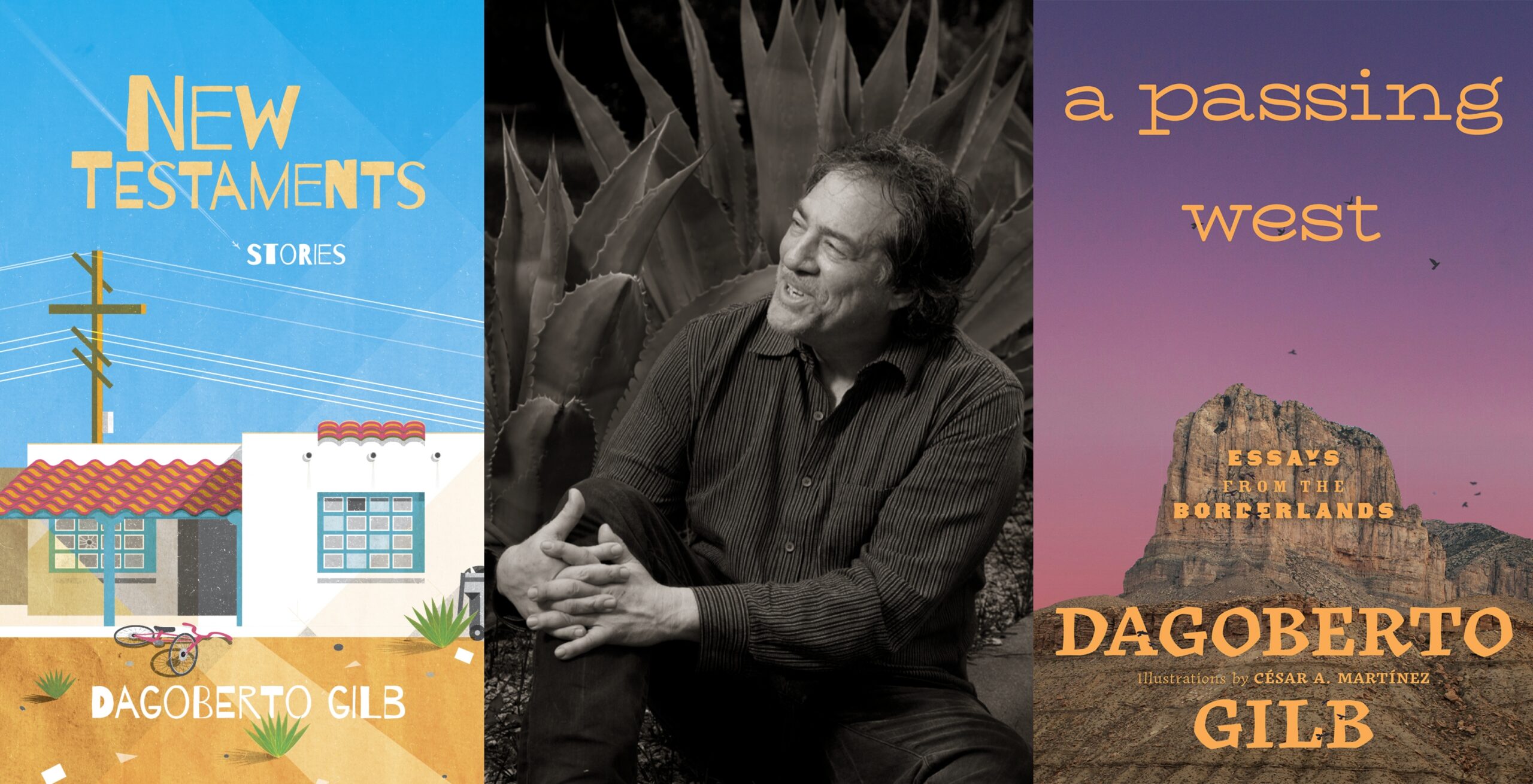Bike Pathology
Dallas, with its knot of highways, sprawling suburbs, and fast urban streets, is not an easy place to bicycle. In 2008, Bicycling magazine declared it the worst city for cyclists in the country. Ironically, there’s no shortage of people who love to bike. In the mid-’90s, my dad served as the club president of the Greater Dallas Bicyclists. Nearly every weekend, my family joined thousand of cyclists at charity rides, held on quaint country roads surrounding the city. I wasn’t too into the scenery then. I mostly went for the free cookies.
But I grew to love bikes. The Richardson Bike Mart, one of the nation’s largest retailers, was my first employer. It’s the same shop that sponsored a young Lance Armstrong. I drove 35 minutes each way to work the sales floor there, but never thought anything of the commute. I never rode my bike to school, a mere two miles away. I cherished riding my bike in the Dallas area, but using it to actually get around never crossed my mind. It just wasn’t done.
In many cities, cycling is seen as an economic and environmental savior. It can help reduce pollution, health care costs and traffic. A Dallas bike plan has existed since the mid-’80s, but somewhere along the way it got a flat tire. The city hasn’t created a mile of bike lane. That’s likely why, in 2008, only 0.05 percent of the population—roughly 250 out of 500,000 residents—commuted by bicycle. Still, six cyclists died in the Dallas metro area that year. That same year, in Portland, Oregon, a town with 174 miles of on-street bike lanes, 8 percent of the population— around 17,000 people—commuted by bike, and no one died.
This year, after decades of floundering, Dallas is embarking on an ambitious bike plan that could create hundreds of miles of bike lanes in the city. The plan has opposition, and not from motorists who don’t want to share the roads. The biggest critic is the city’s former bicycle coordinator, PM Summer, who thinks bike lanes are worse than a waste of money.
When Summer and a small group of cycling advocates drew up Dallas’ first bike plan in 1985, there was little hope of getting the city to invest in bike lanes.
The plan, which still exists, utilized a grid of routes mainly on neighborhood streets and denoted by numbered signs. More than 400 people rallied at city hall when the plan was introduced. It won a merit award from the Texas Chapter of the American Planning Association.
Despite the enthusiasm of local cyclists, Dallas’ elected officials never embraced bicycling. “Bike lanes were left out of the first Dallas bike plan because we were skeptical of the city’s commitment to maintain them,” says Bud Melton, former director of the Texas Bicycle Coalition, the state’s leading bike-advocacy group. “You need to understand the environment we were working in. We just beat back a bill in the state Legislature that proposed banning bicycles across Texas.”
Since Dallas wouldn’t pay for infrastructure, bicycling coordinator Summer relied on education instead. Over time, his stance hardened. He embraced a model known as vehicular cycling, which involves training cyclists to operate their bicycles as vehicles. “Take the lane,” is the vehicular cyclist mantra. It made sense at the time. Dallas cyclists had to adapt to riding in a city that wouldn’t adapt to them. But over the past several decades, Summer’s dogmatic views did little to increase the number of bicyclists or reduce risks on the road.
Vehicular cycling works for some people—mostly confident men like Summer. Cyclists come in roughly three categories: aggressive bikers who love riding alongside cars; people willing to commute in a designated bike lane; and tentative bikers who will ride only on a separate bike path. By catering only to the most vigilant cyclists and ignoring the others, Dallas stood by as nearby towns like Fort Worth developed plans to build thousands of miles of bike lanes and attract cyclists.
Summer and his allies argue that bike lanes offer a false sense of security and result in unprepared cyclists hitting the road. On his blog, cycledallas.blogspot.com, Summer frequently rails against the dangers of bike lanes—often using vitriolic and morbid prose.
A few weeks ago it got personal. My brother, Ken Dille, also an avid cyclist, was riding in a bike lane in Austin when a car took a right turn and hit his bike. The driver was an 82-year-old man. Thinking the gas pedal was the brake pedal, the driver accelerated instead of stopping and slammed into the median. Ken’s bike, a high-dollar racing machine, lay shattered beneath the car. Miraculously, my brother escaped serious injury.
A week later, Summer blogged about the accident and blamed the bike lane. He argued that if Ken had been riding in the street, he would have blocked the car’s path, and it wouldn’t have taken the right turn. Summer wrote that the “son of an old friend … made the mistake of riding in a bike lane in Austin (as required by law) and came away somewhat the worse.” Accompanying the post was a satellite image of South Congress Avenue with a skull and crossbones photoshopped over the intersection where the accident occurred.
He ignored the fact that the driver was elderly and accidentally hit the gas instead of the brakes. An accident like that could have happened with or without a bike lane. But Summer is on a mission, and he can’t resist turning someone’s accident into an opportunity to soapbox.
There’s really only one factor that makes streets safe for bikes—more cyclists. In cities where bicycle infrastructure is embraced, cyclists fair well. After doubling the number of bike lanes in New York City over the last three years (including a lane through Times Square), commuter cycling increased by 45 percent while the accident rate remained the same. Wiley Norvell, communications director for Transportation Alternatives, a group that advocates for bike lanes, said “documentation shows every time you triple the number of cyclists in a city, you halve the crash rate.”
Dallas is finally changing its tune. A grassroots group called Bike Friendly Oak Cliff, which aims to transform the urban neighborhood by building bike lanes, found an ally in City Council member Angela Hunt. She worked to replace Summer as Dallas’ bike coordinator and move him to another division of the planning department, where he awaits retirement. The North Central Texas Council of Governments granted Dallas $300,000 to plan an overhaul of its cycling infrastructure, including a network of on-street bicycle lanes.
With a small but vocal cadre of supporters, Summer continues to stir dissent from within the walls of city hall—and has managed to divide the cyclists who would benefit from the new plan.
The clash can seem almost comical. On Oct. 21, Hunt and fellow council members donned bike helmets for a ride to City Hall to support the updated bike plan. Bike Friendly Oak Cliff organized the event. It was cold and rainy, but hundreds converged on City Hall on two wheels. As Hunt outlined the bike plan update, enthusiasm filled the misty air. When she mentioned cycling lanes, someone in a group of vehicular cyclists booed her.
Other Texas cities are riding right by Dallas. Last year, Austin approved a plan to install nearly 900 miles of bike lanes by 2030. The city recently made it illegal to turn right across a bike lane if a cyclist is present.
In Houston, new bike coordinator Dan Raine says, “All I’ve been doing is cutting ribbons.” The city recently installed 15 miles of bike trails and will begin building a bike link from downtown to the Heights neighborhood this spring.
El Paso is a national leader in bicycling. Every Sunday during spring and summer, the city shuts its Scenic Drive for a ciclovia, and the road morphs into public space for cyclists and pedestrians.
As Dallas has fallen behind, citizens have picked up the slack. The city had long refused to build bike lanes in the hip urban neighborhood of Oak Cliff. So last spring the residents did it themselves. Late at night, with spray paint and stencils, the dissenters painted “sharrows,” images of bikes and arrows, along street sides. While not official bike lanes, sharrows indicate that bikes belong in the street. While these vigilante methods can reduce overall public support for bike infrastructure, they tell city officials how frustrated urban bikers are.
The day after the sharrows were drawn, I rode in the Oak Cliff Art Crawl, a bicycle tour of area art galleries organized by the nonprofit Bike Friendly Oak Cliff. On beat-up old bikes, we pedaled past Oak Cliff’s tiny taquerias and swank bars. When it was time to ride home, I followed a long string of cyclists—novice and experienced—down Oak Cliff’s freshly painted, bike friendly streets.
Ian Dille is a freelance writer based in Austin. He is a contributing writer for Bicycling magazine, but had nothing to do with the article naming Dallas the worst city for cycling in 2008.


